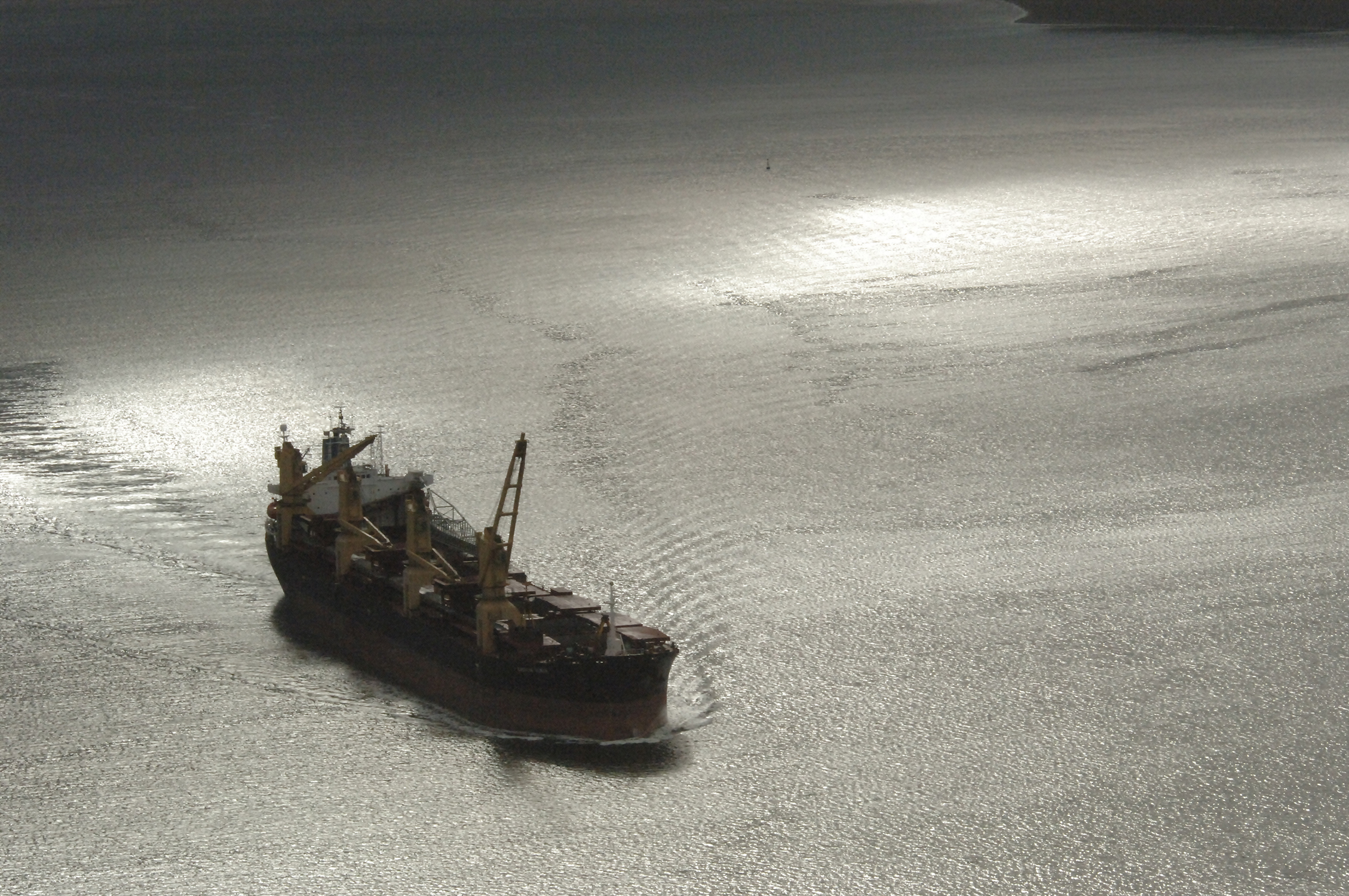Multi-target tracker software enhances commercial radar products
From Defence Research and Development Canada
May 28, 2015
Software that enables radar to track multiple targets at the same time has been added to the sigma S6 radar product line developed by Rutter Inc., a Canadian company based in St. John’s, Newfoundland.
The software was developed by Defence Research and Development Canada (DRDC) scientists using filter-based dynamic models as well as advanced data association algorithms. The algorithms developed by DRDC’s scientists can initiate and maintain track of a number of targets. They determine the criteria used to group data and select which targets to track, from noisy data. In the simplest terms, DRDC’s software is what makes the tracker track. The unique and powerful tracker is a significant component of the radar line.
Partnerships are at the core of DRDC’s success. DRDC actively pursues opportunities for defence and security collaboration with partners from industry, academia, other government departments, agencies and international allies to help develop the knowledge and technology needed to defend Canada’s interests. As the national leader in defence, security, science and technology DRDC provides the Department of National Defence, the Canadian Armed Forces, the public safety and national security communities with knowledge relevant to science and technology.
“The software allows you to track fast, highly manoeuvring and slower moving marine targets at the same time,” said Stephen Hale, Director of Sales and Marketing at Rutter in reference to new tracker. “The system allows this with minimal configuration and interaction from the end user.”
“The end result is a much more effective tracking algorithm with much better results and much less user input. That’s exactly what we were aiming for.”
“The Kalman filter is an algorithm to reduce the noise. It won’t remove it all, but it will significantly reduce the measurement error,” explained Dr. Jack Ding, a defence scientist who worked in a team to develop the tracker at DRDC.
Rutter’s radar products track over an azimuth sector of 360 degrees and can pick up all the targets within range. Their older generation radar processor could track manoeuvring targets, but Rutter recognized they wanted to improve their abilities and to reduce the amount of user intervention required for their application.
Desmond Smith, Director of Research and Development at Rutter, originally got in touch with Dr. Ding, who is known as an expert in the radar field, for some expertise and advice.
“I told him that we actually have a tool that could be helpful,” said Dr. Ding.
To test whether the tracker software was a good fit, DRDC was given a series of unknown radar contacts to process.
“We knew what the targets were and what their actual behaviours were in real life. After they had given us the results, we were convinced then that the DRDC tracker was something that we needed to look at,” said Smith.
From there, a licensing agreement was developed and Rutter’s team incorporated the tracker into their sigma S6 product line.
“It’s a testament to the work they had done; we didn’t find any glaring problems in the development. It was extremely clean,” described Smith.
“The end result is a much more effective tracking algorithm with much better results and much less user input. That’s exactly what we were aiming for,” said Hale.
Dr. Ding explained how the tracker software is part of a larger multi-function radar simulator that is used in international partnerships with Australia, the United Kingdom, the United States and other allied nations.
Currently the simulator is used to support the Royal Canadian Navy’s new ship programs, in helping decide radar requirements for future procurements.
Radar products like these are used internationally in a number of shipborne and shore-based applications, including oil spill detection, ice detection and navigation and small target detection.
“We envision applications in port security, as ports and cities look to protect their critical infrastructure. The product will allow us to focus more strongly on the safety and security industry - which is huge,” explained Hale.
Dr. Ding explained that as an employee of the federal government, he feels positive about supporting the Canadian economy and helping Canadian industry to develop new products to better compete on the world stage, but he also sees a benefit in having DRDC work in the marketplace.
“By working with industry, it helps us to understand the nature of the algorithms, so we can tell our clients that this tracker has been tested and processed a certain amount of targets,” Dr. Ding said.
